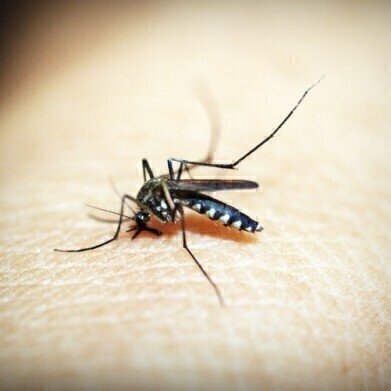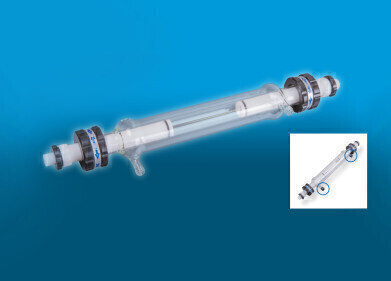LCxLC
Is It Possible to Test for Zika Immunity?
Apr 09 2018
Zika virus started hitting the headlines a few years ago — when after an outbreak in Brazil, it was reported that there might be link between the virus and microencephaly. But Zika virus has a longer history than a few years. As there is no currently available vaccination for the virus, it is important that doctors can identify who might be at risk of getting the disease, especially pregnant women.
And recent work by a team of Brazilian researchers could herald the first test that detects Zika antibodies with a high specificity. The work was carried out by technology firm Inovatech alongside scientists from the University of São Paulo’s Biomedical Science Institute (ICB-USP) as part a program developed by São Paulo Research Foundation (FAPESP) — a publicly funded foundation that supports research projects in the Brazilian state of São Paulo.
Zika — blame the mosquitoes again
Zika is a virus that is transmitted by the Aedes mosquitoes — the yellow fever mosquito that can transmit dengue fever, yellow fever and Zika virus among others. Originating in Africa, the mosquito is now found in many tropical and temperate regions of the world. Zika virus was first identified in 1947 in monkeys in Uganda by a team that was monitoring yellow fever. The first human case was identified in 1952, again in Uganda.
Since then, it has spread throughout Africa and onto the Americas and Asia. But it was in 2015, in an outbreak in Brazil, that the link between Zika virus infection and microencephaly was first reported. Microencephaly is a condition that causes a baby’s head to be smaller than normal. This is due to abnormal brain development during pregnancy which can be caused by many factors — including contracting the Zika virus.
Pregnancy test for Zika immunity
Because of the link between Zika and microencephaly, and with no vaccine currently available, scientists have been searching for a method to detect antibodies to the virus, a simple, low-cost test with a high specificity. Having a simple, easy to administer test allows scientists to make decisions about outbreaks including distinguishing between Zika and dengue fever, and the risk to pregnant women in the area.
Current tests are only useful in acute infectious stages or are of low specificity, including chromatographic methods. Chromatography is used in many complex analyses as discussed in the article, New Investigator Tools for Finding Unique and Common Components in Multiple Samples with Comprehensive Two-Dimensional Chromatography.
The team have helped develop an immunoassay method in which Zika IgG antibodies adhere to viral proteins which are detected using a colorimetric assay technique. The aim was to produce a low-cost test method that is simple and easy to use but has high specificity and is accurate in analysing Zika virus samples. The group are working to reduce the time taken for analysis, but the cost aspect of the test is fine. It will hopefully be released in Brazil in Summer 2018.
Events
May 11 2025 Vienna, Austria
May 18 2025 Tempe. AZ, USA
May 21 2025 Birmingham, UK
Jun 01 2025 Baltimore, MD, USA
Jun 15 2025 Bruges, Belgium














